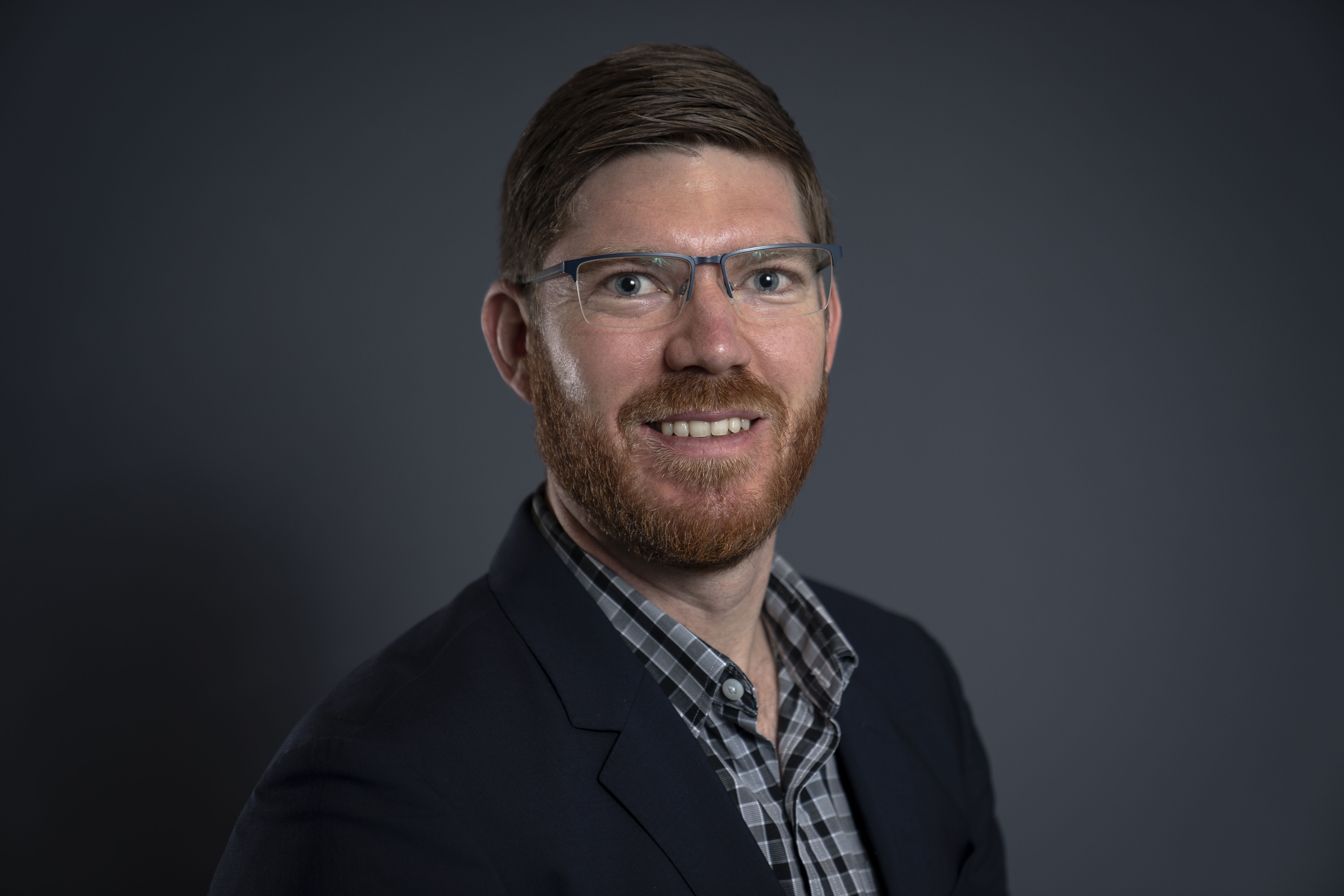Kristoffer Szilas
Research leader

Project title
Reassessing the existence of plate tectonics on the early Earth
What is your project about?
Rocks in SW Greenland are considered the archetypical example of Archean crust preserving evidence for plate tectonic processes in the early Earth. With this project, I want to challenge that paradigm by testing an alternative hypothesis whereby decompression crystallization of dry, hot and deep-seated magmas could potentially have produced the observed geological rock record of SW Greenland. The main objective of this research is to integrate magmatic and metamorphic data from the Fiskenæsset Anorthosite Complex of SW Greenland in a novel thermodynamic model to test a new paradigm for the formation of these rocks. This will provide unique constraints on the initial magmatic conditions and metamorphic processes that operated in this region during the early stages of Earth. This new framework has implications for our understanding of planetary evolution and habitability.
How did you become interested in your particular field of research?
My family has always hiked a lot in mountains, which gave me and early interest in minerals and geological processes. It was therefore an easy choice when I have to choose what education to take. I have also be fortunate to have been given the opportunity to do lots of fieldwork in Greenland together with GEUS and mineral exploration companies. This gave me a strong foundation to continue my interest in geology through research about the geological evolution of Greenland.
What are the scientific challenges and perspectives in your project?
It will indeed be challenging to develop a consistent thermodynamic model for these old rocks in Greenland. This can be done by starting out with a rigorous work, where we are testing both the original geological conditions, as well as the subsequent evolution. The perspective of this project is partly to gain new information about geological processes operating on the early Earth. This also has implications for our understanding of planetary evolution and the potential for life.
What is your estimate of the impact, which your project may have to society in the long term?
This region of Greenland hosts large occurrences of minerals that are important to society, including for the production of fiberglass for windmills, and rare metals that are crucial for the Green Transition. Therefore, a spin-off of this basic research is that we will better understand what mechanism have resulted in particular mineral accumulations. In the long term this can create new jobs locally within the mining sector, and create infrastructure that can support tourism in this region.
Which impact do you expect the Sapere Aude programme will have on your career as a researcher?
First of all, this is a major recognition of my field and of me as a researcher. This grant will allow me to continue exactly the type of fundamental research that is my passion. That is a tremendous privilege, and something I am very conscious of living up to. This Sapere Aude grant will further consolidate my research group as being one of the leading contributor within this field.
Background and personal life
My family is an important foundation that enables me to work hard and focused on research and teaching in everyday life. When I return home to my wife Lea, our son Sebastian (5 yrs) and our daughter Freya (2 yrs) I can relax and think about entirely different things. We spend much time in nature, because it strengthens the kids' creativity and curiosity and acts soothing on us all. I used to do a lot of mountaineering, and although I do not have time for that any more, I still try to keep myself in shape. That gives me an opportunity to clear my mind and get some stability in an otherwise hectic everyday life.
View all research leaders here
Research institution
University of Copenhagen, Department of Geosciences and Natural Resource Management
Research field
Geology
City of your current residence
Roskilde
High school
Nykøbing Katedralskole
